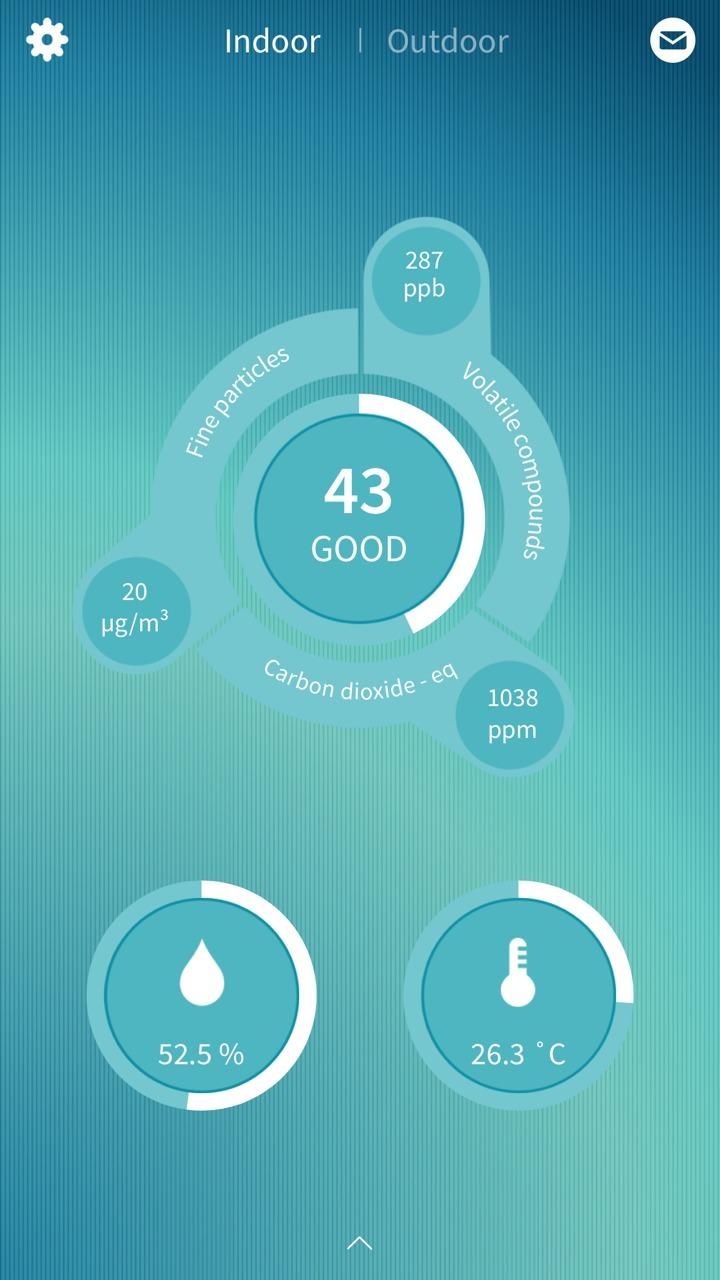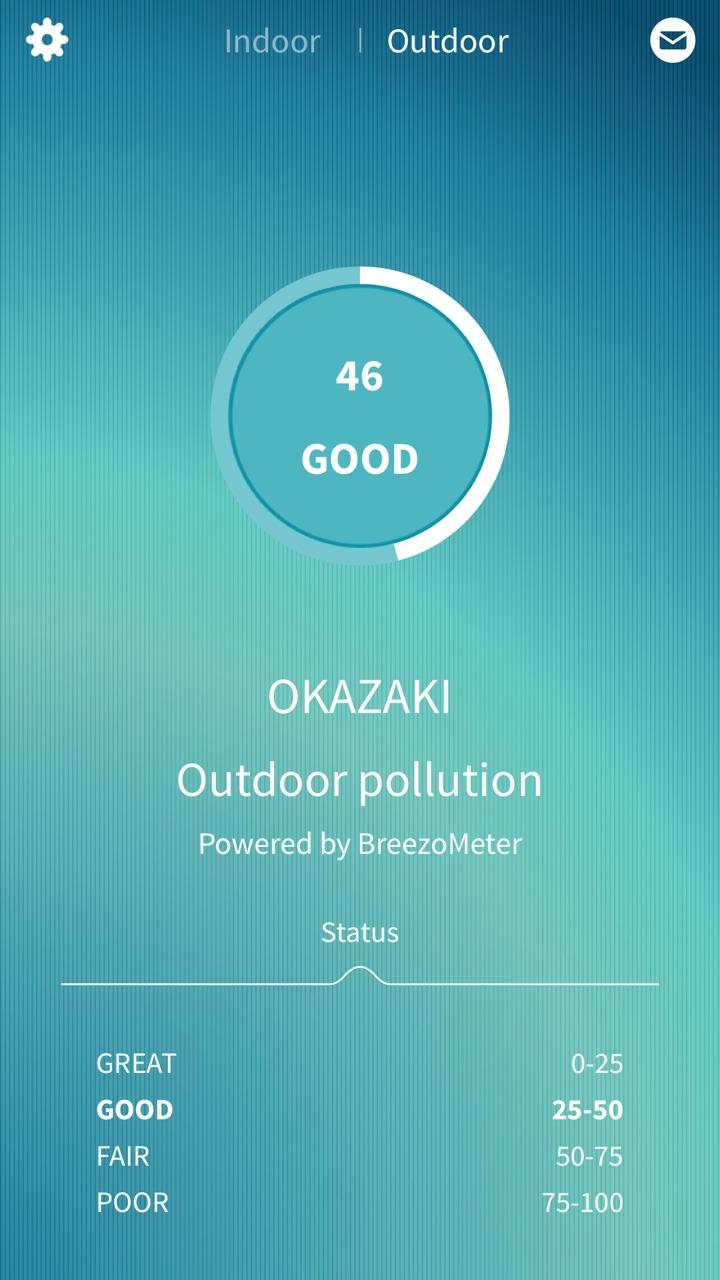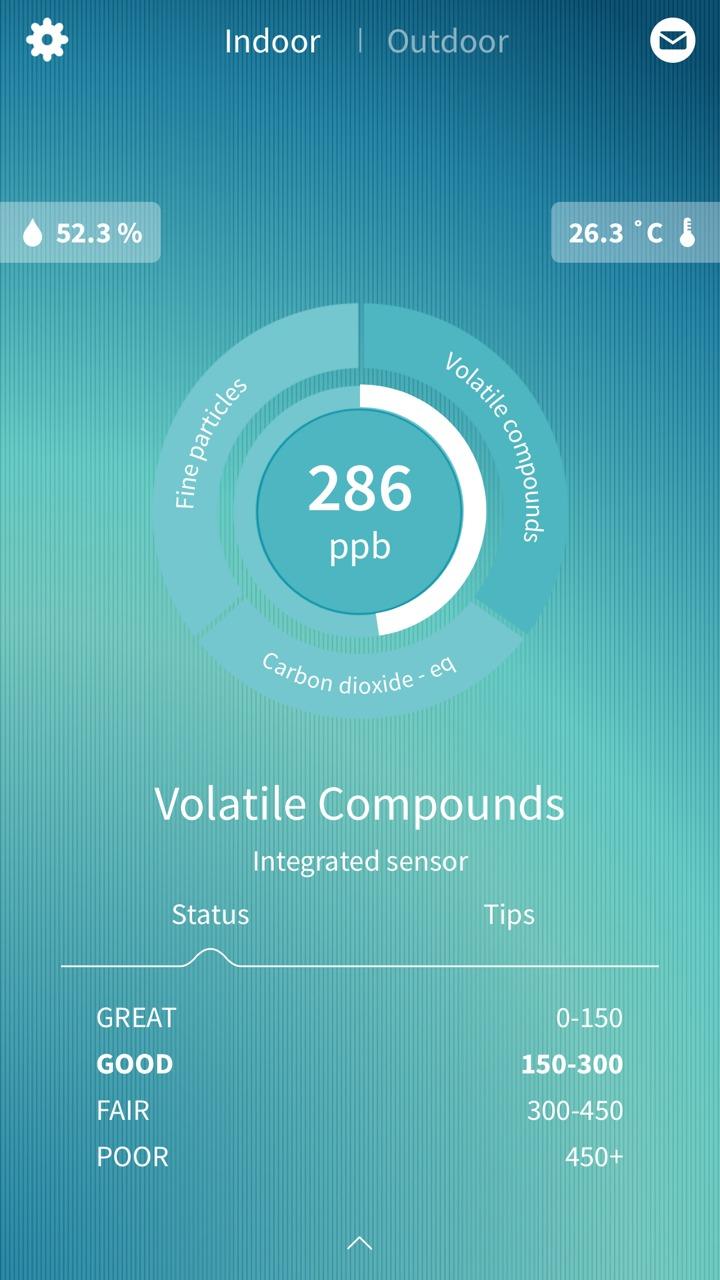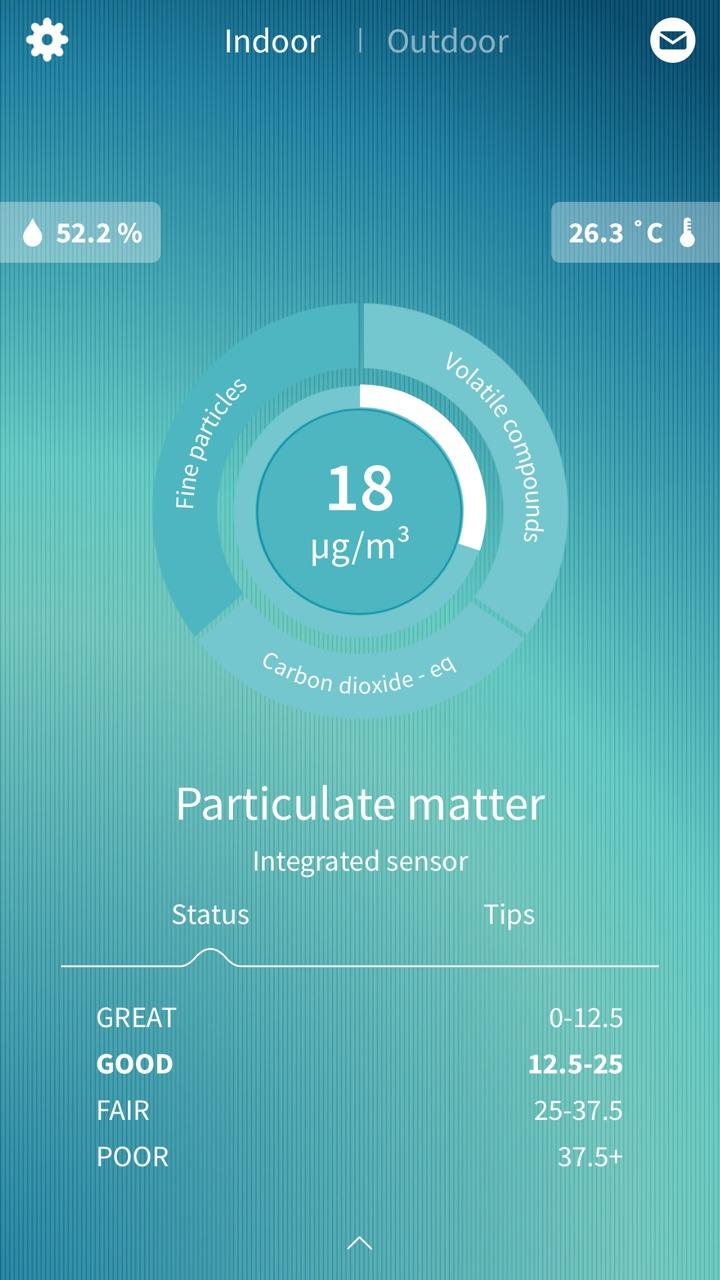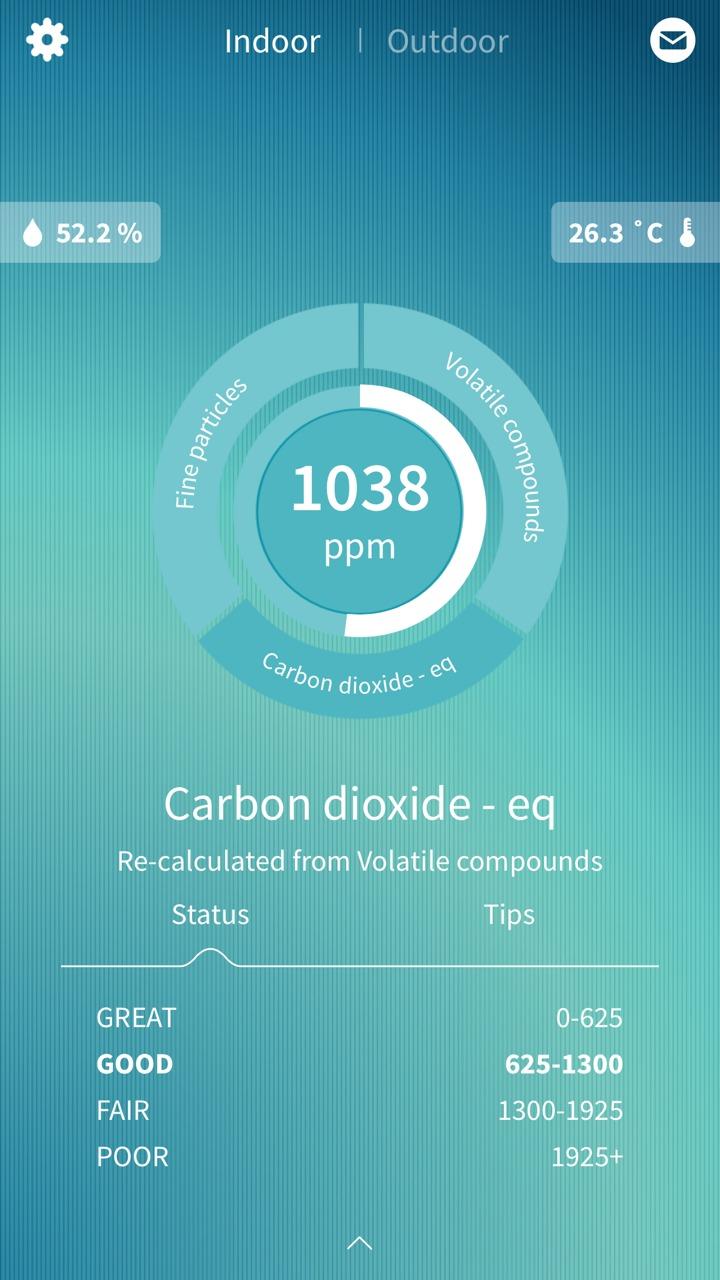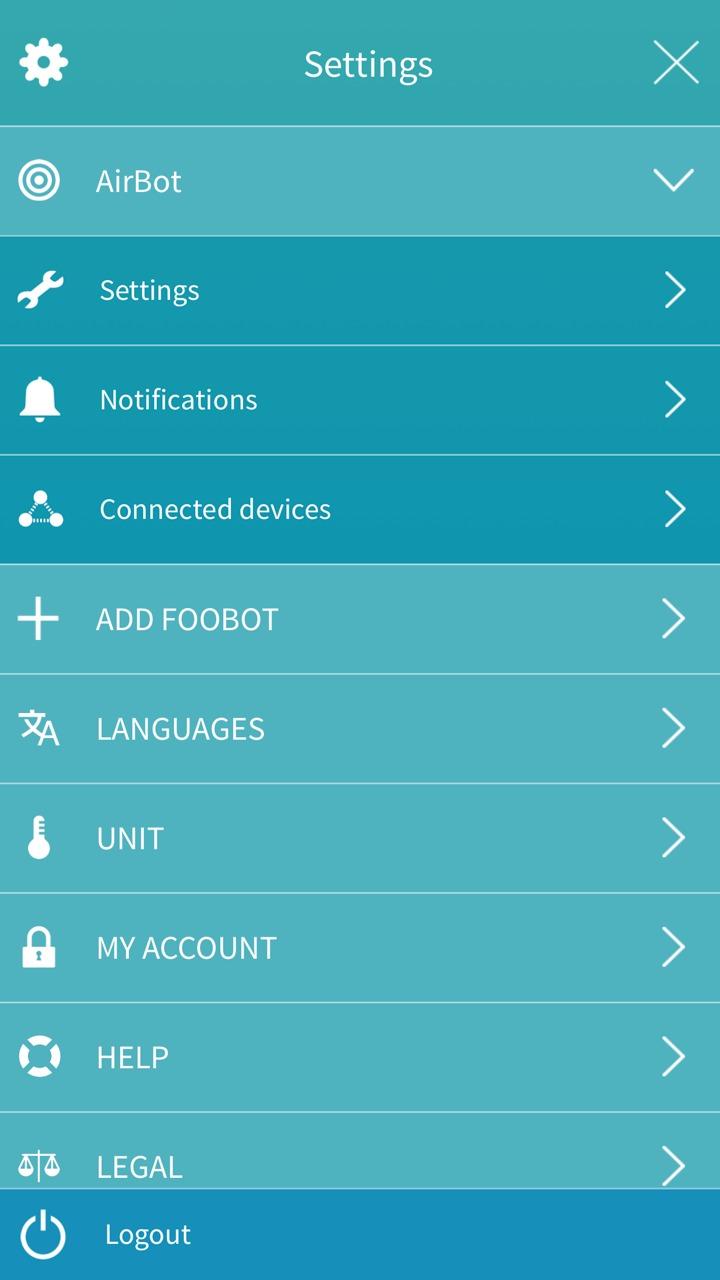Foobot Indoor Air Quality Monitor Review
- Opens your eyes to air quality at home
- IFTTT integration
- Keeps a log of data and incidents
- No standalone display
- Arguable price tag
We may receive a commission on purchases made from links.
Houses these days are teeming with technology to help us live convenient, productive lives. Those range from simple (or sophisticated) home network routers to the smartphones we carry with us everywhere. Some more tech-savvy homeowners even have programmable lights, smart thermostats, and hi-tech locks. Very few of these devices, however, seem to be geared towards helping us live healthy lives. That's where the Footbot comes in, bringing those technologies together to make sure you know whether you're breathing clean and safe air or not.
You might mistake the Foobot as a smart speaker or an air freshner due to its white tower design and the bright LED light that runs around one of its sides. Given its true nature as a smart air monitor, those do come close to describing it. The design is nondescript and can easily serve as a part of your room decor, depending on your tastes. It's USB-powered so you can even hook it up to your desktop if you want.
The Foobot's most eye-catching detail, however, is its lighting. The LED color indicates the quality of the air it senses, ranging from blue for good, orange for worry, and red for danger. The light is meant to be bright enough to be easily visible during the day but it could be distracting at night, especially in the bedroom. Fortunately, the accompanying app lets you tone that down a little or even turn if on or off on a schedule.
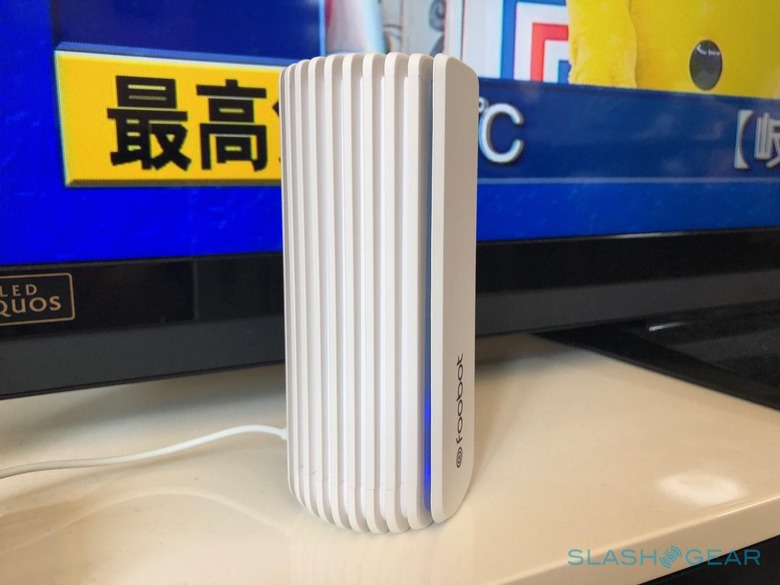
Of course, the Foobot is more than just a pretty face. It has to be, given its price tag. It's real talent is in how well it analyzes the air around you and the dangers that invisible particles might cause. The Foobot measures four things. Humidity and Temperature, admittedly, are things you can already get from some smart thermostats. The real difference is in measuring the Volatile Organic Compounds (VOCs) like methane, ammonia, and iso-butane in cleaning sprays and old furniture, and the Particulate Matters like dust and fumes that could cause allergies and asthma.
The Foobot is easy to set up and connect to your Wi-Fi network but it takes around 6 days for it learn the area's "normal" air and start sending you notifications for changes in air quality. When it does start to work, it can be pretty sensitive, alerting you to the slightest change, like when you're cooking or cleaning. And there lies one of the Foobot's few flaws: you won't really know anything until you look at your phone.
The monitor's bright LED light is simply an at-a-glance indicator of air quality but whether you're curious about the current state of the air or you have been alerted to a spike in harmful particles, you won't have a clue. It would have been nice if Foobot included even a small LCD screen to give you the stats. As it stands, you'll have to fish out your smartphone to know what's up.
That said, there's plenty to see and do in that app. The Foobot app goes into detail with each of the values that the monitor measures, including carbon dioxide (which is simply interpolated rather than measured directly). Better yet, it even keeps a history of those readings to help jog your memory when the time comes. The app will also ask you to tag spikes so that you will remember you were simply cooking when that data was recorded.
By itself, that's pretty much all that Foobot does. It analyzes the air around it and alerts you to any problems it detects. Yes, it can give you tips on how to alleviate the situation but you still end up doing all the work. That is unless you already have a smart home. One thing that sets Foobot apart from the competition is its integration with other connected products. If you have an Amazon Echo, you can ask Alexa to tell you what the current air condition is and the assistant will also give you tips on how to make it better. If you have a Nest thermostat that's connected to a heating, ventilation, and air conditioning system (HVAC), the two can work together to set the right temperature and conditions automatically.
And if that weren't enough, Foobot also has support for IFTTT, which opens up a whole new world of home automation. You can turn smart humidifiers on or off as needed, create your own spreadsheet log of data and incidents, or turn all lights in the house to red when the air quality is at its worst. You're pretty much just limited to the smart appliances you have and whether they're supported on IFTTT as well.
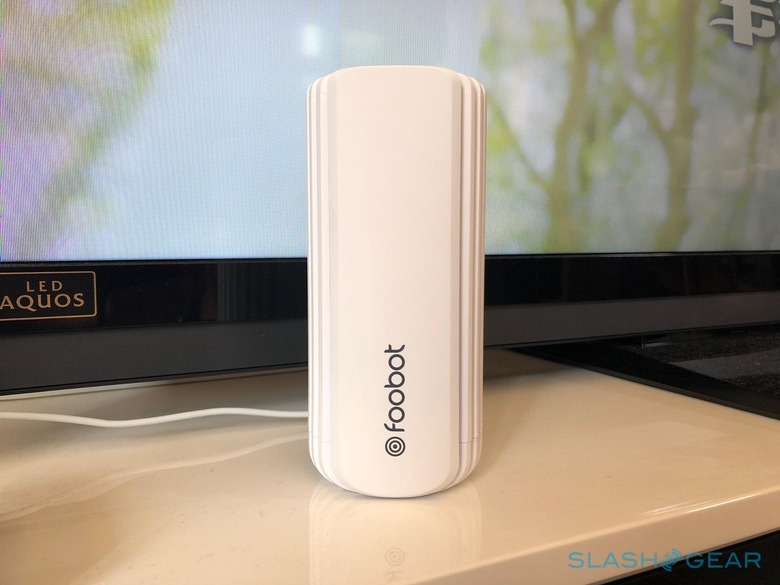
At $199 on Amazon, the Foobot Indoor Air Quality Monitor is pretty much on par with its rivals in terms of price. That, however, raises the question of whether such products do warrant that cost. While some would say you can't put a price tag on health, you can definitely put a price tag on IoT devices like this. That said, with Nest, Echo, and IFTTT support, the Foobot sets itself apart from the competition and may at least make it worth the expense.

